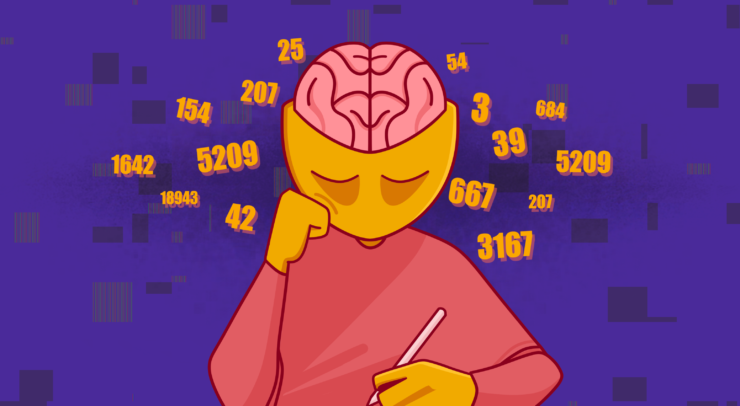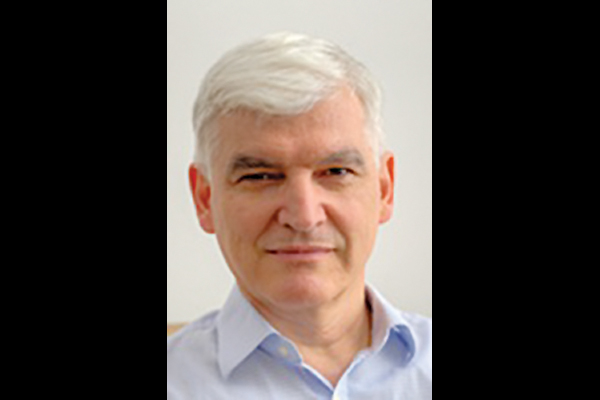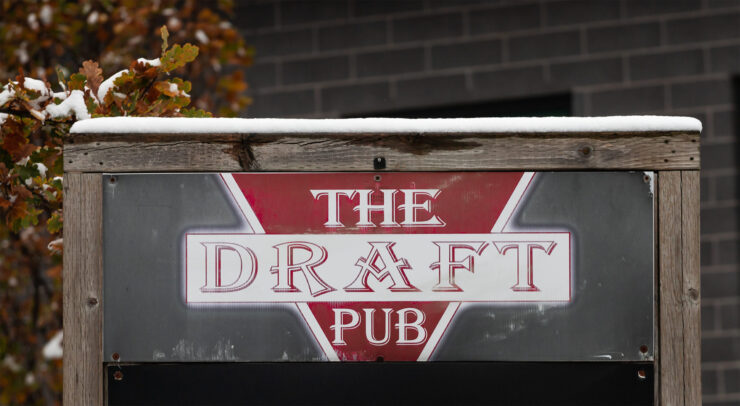Movies and TV shows treat non-sexual activity as taboo. Why?
Being asexual in a sex-saturated culture can be alienating, to say the least. Society perpetuates the idea that having sex is the norm — anything else is non-existent. Movies and TV shows treat non-sexual activity as taboo.
There are whole films devoted to the loss of virginity, since apparently still being a virgin at 40 years of age is unthinkable. Furthermore, sexual attraction is often shown in the media as the only entryway to a romantic relationship — just look at shows like How I Met Your Mother or Fleabag.
Asexuality is a diverse spectrum; some asexual people are ok with having sex, some are sex-repulsed, and some fall somewhere in between.
The common denominator between them? A lack of sexual attraction.
But what does it mean not to experience sexual attraction?
Imagine you’re walking around a museum and you spot a beautiful painting. You can admire the painting, or even love it.
But you have no desire to walk up and start having sex with it.
According to the Asexual Visibility and Education Network (AVEN), about one per cent of the world’s population identifies as asexual. Despite asexuality becoming more prominent of a sexual minority, it is still vastly underrepresented in mainstream culture.
An article published in the fall of 2010 noted the negative effect that a lack of access to asexual characters might have on the asexual community. The authors write that “asexuals in popular culture tend to [be] cast as broken subjects.” They go on to explain how asexual representation must be reformatted “in positive terms that challenge us to reconceive our definitions of sexual normalcy.”
When it comes to writing asexual characters, many content creators subscribe to the J.K. Rowling school of writing queer characters, preferring to leave characters’ sexualities ambiguous rather than risk alienating their mostly heterosexual audiences. Ambiguous asexual representation dominates mainstream media. In fact, on Wikipedia’s “List of fictional asexual characters,” most have never actually been confirmed as canon.
One such character is Peridot from the TV show Steven Universe (which has been a great source of representation for the LGBTQ2+ community). Storyboard artist Maya Petersen stated that Peridot is asexual and aromantic on her Twitter, but this has never directly been addressed in the show. Alternatively, Peridot has been presented by another storyboard artist, Zuke, as being in a “close, loving relationship” with the character Lapis.
According to an interview with Stephen Hillenburg in 2002, SpongeBob SquarePants is asexual, as are all real-life sea sponges. However, Hillenburg’s claims of SpongeBob’s lack of sexual attraction may have less to do with biological accuracy and more to do with the homophobic controversy surrounding SpongeBob and Patrick’s relationship status.
Other times, asexual representation plays into the stereotype that asexuality is a medical condition that needs to be “fixed.” A prime example of this negative representation is the season eight episode “Better Half” of House. In it, Dr. House insists that an asexual couple is dealing with a curable medical problem because “the only people who don’t want [sex] are either sick, dead, or lying.” The conclusion? A pituitary problem was responsible for the man’s lack of sex drive, and his wife was only pretending to be asexual to satisfy him.
In the movie The Olivia Experiment, as well, the asexuality of the titular character is frequently challenged. Asexuality is presented as a temporary condition that can be reversed after someone experiments with sexual intimacy.
Fortunately, there are increasingly more characters who describe themselves as asexual and are presented in a positive light.
The TV show Shadowhunters, based on the Mortal Instruments book series, had a recurring character, Raphael, come out as asexual in the last episode of season two. Although not explicitly stated in the book series, author Cassandra Clare confirmed his asexuality, but has rarely spoken about the subject. The character’s asexuality is also featured in the webcomics The Shadowhunter Chronicles.
One of the best mainstream asexual coming-out stories is Todd Chavez from Bojack Horesman. At the end of season three, it was revealed that Todd could be asexual. Season four explores his coming out while also dealing with issues surrounding the confusion over labels and umbrella terms. Around this time, Todd covered up his gang tattoos, changing one to ‘Skinny Jugheads.’
This was most likely a hidden reference to another beanie-wearing asexual, Jughead Jones from the Archie comics.
Dating back to the 1940s, Jughead is perhaps one of the oldest depictions of asexuality in the media. Jughead’s defining characteristic is his preference of food to the company of women, which was a good foil to his best friend Archie Andrews who is girl-crazy.
Prior to the 21st century, the idea of asexuality as acceptable was not widespread. Although Jughead is far from a misogynist, and has several close friendships with female characters like Betty Cooper, his lack of romantic and sexual interest in women led to him being wrongly labelled a “woman hater” by readers and critics alike.
In 2016, Jughead’s orientation was confirmed to be asexual in the Jughead comics as part of the New Riverdale line. Writer Chip Zdarsky later tweeted that he viewed Jughead as “asexual and probably demi-romantic, but for the purposes of his teen years, aromatic.”
However, the 2017 television show Riverdale, based on the Archie comics, chose to depict Jughead as heterosexual and in a relationship with Betty. This decision sparked debates in the media about intentional asexual erasure and its repercussions, especially for younger audiences.
Showrunner Roberto Aguirre-Sacasa explained the decision to erase Jughead’s asexuality because he had wanted to switch the Veronica/Archie/Betty love triangle to a Jughead/Betty/Archie love triangle. He defended his choice by explaining, “there are fresher ways to tell [the] story.”
Because why have one of the first asexual characters on mainstream television when you can have the much more original ‘two boys fighting over a girl love triangle’ and an instalove story between “girl next door” and “emo loner bad boy”?
In retrospect, keeping Jughead’s asexuality meant the showrunners would have had to write actual character-driven plots instead of using sex for cheap drama.
While recent trends are encouraging, the portrayal of asexuality still trails behind other LGBTQ2+ communities. It’s crucial that people of all genders and sexual identities see people to whom they can relate in the media.





